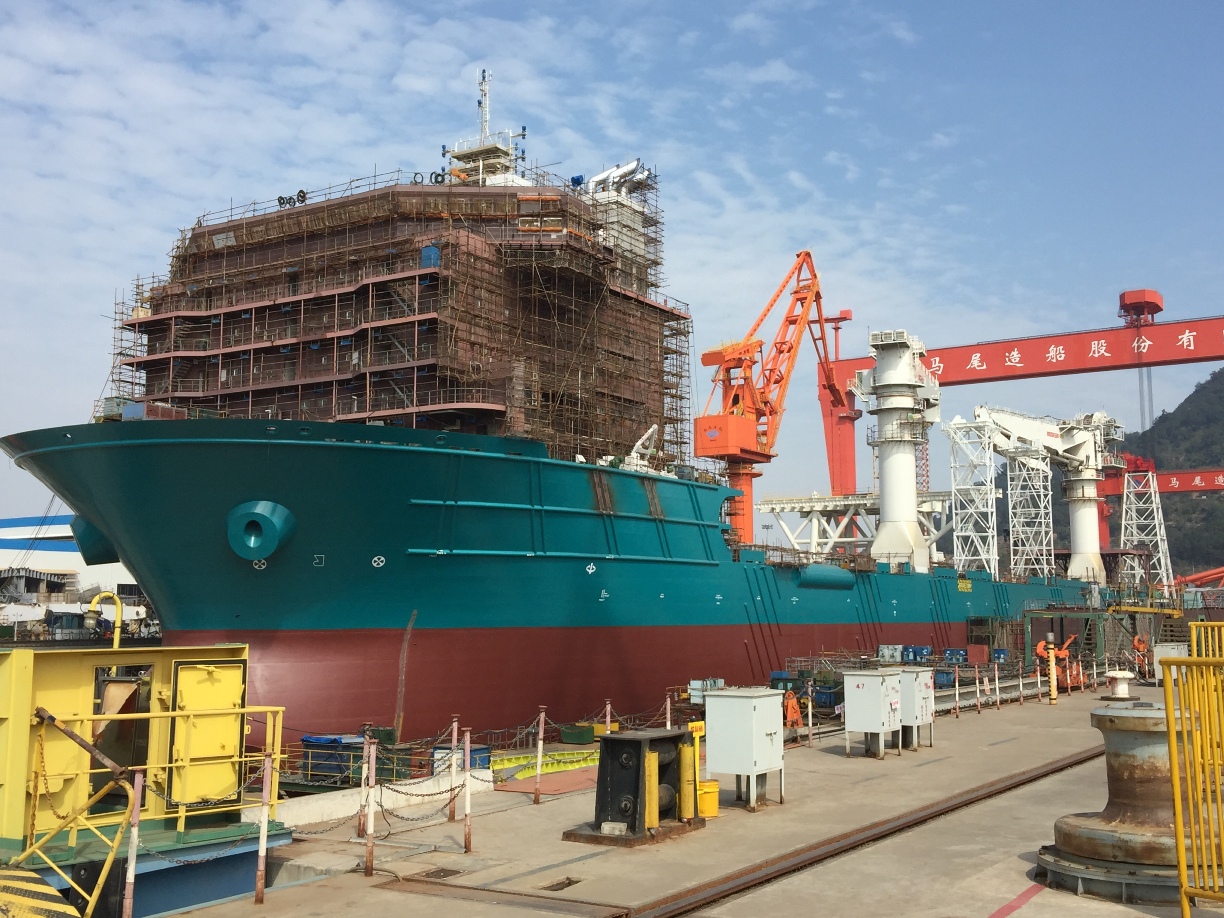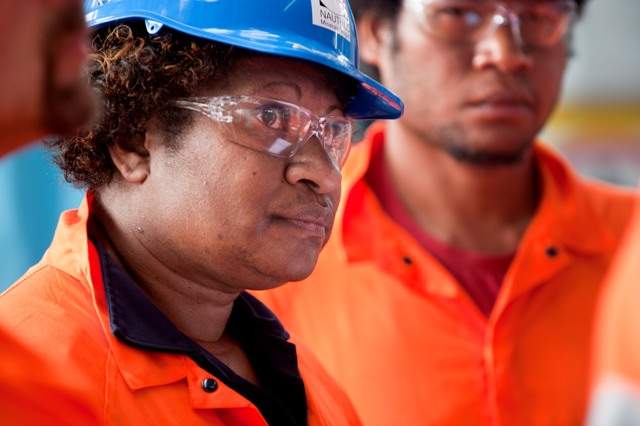Maria Bolevich for the Deep-sea Mining Observer
Earlier this year, a team of scientists from Ocean University of China reviewed the development of key deep-sea mining technologies in A brief review of recent progress on deep sea mining vehicle. The study presented a series of new potential technologies to reduce the environmental footprint of deep-sea mining, including a new pile-leg walking mining robot that has improved stability and efficiency while protecting the living environment in the mining area. In January 2021, a new mining tool, Collector 2.0, was tested with promising results. Though these new nodule collector systems show steady evolution, the questions of whether deep-sea mining technology can deliver a light touch to the sea floor and if the International Seabed Authority can ensure that deep seabed mining activities are developed in an environmentally friendly manner remain open.
Historian Ole Sparenberg believes that the basic approach to deep-sea mining does not seem to have changed much in the last half century. “Already in 1960, the visionary and pioneer of [deep-sea mining], John Mero, realized that dredging would not work for the commercial mining of manganese nodules. A continuous process was required, and he already thought of a ‘giant vacuum cleaner’ to suck up the nodules and pump them via a vertical pipe string to the mining vessel at the ocean surface.” Though the basic principle of nodule collection is still largely similar to systems proposed 50 years ago, “the perception of the seafloor,” says Sparenberg “has changed.” In the past, argues Sparenberg, deep-sea mining technologies were designed with no regard for the seafloor fauna, a striking departure from today’s environmental concerns.
Gerd Schriever, of Biolab Research Institute Hohenwestedt, participated in the last cruise to the DISCOL area in the Southeast Pacific. “For the first time it was possible to monitor these mining test to evaluate the real impacts created by an industrial mining system.” When the First International Deep-Ocean Technology Symposium and workshop was held in 1996, Schriever says that the scientists were aware that deep-sea mining impacts on the environment could not be totally avoided, but needed to be minimized and new research into the development of underwater vehicles was needed. However, a representative for one deep-sea mining contractor recently noted that, because DISCOL was modeled using a plow harrow to simulate a mining impact, it may not necessarily be representative of the impact of modern mining machines.
“A main focus for reducing their impacts would be to remove as little surface sediments as possible, avoiding large scale redistribution via sediment clouds, which would affect large areas outside the tracks,” says Tobias Vonnahme, lead author of the study Effects of a deep-sea mining experiment on sea floor microbial communities and functions after 26 years. “Our results indicate that ecologically sustainable technologies should avoid removal of the bioactive surface layer”. Vonnahme explains that since polymetallic nodules are partly buried in sediments, all contemporary experimental nodule collectors disturb, remove, or redistribute the surface sediments. “Due to the nodules being partly buried in the sediments, mining technologies would likely always disturb some part of the sediment,” explains Vonnahme. “In the Clarion Clipperton Fracture Zone, where deep-sea mining will most likely start,” says Vonnahme,“ oxygen penetrates deeper, which may indicate that also the reactive surface layer is deeper.”
Paul Johnston, Greenpeace‘s principal scientist, argues that while things have evolved since the idea of dredging nodule fields was first suggested, development has centered around more efficient ways of recovering the nodules. “There is no way, unfortunately, to reduce the environmental impacts of removing the nodules. The major impacts result from mobilization into the water of the sediment and the physical damage associated with this as well as from the removal of the nodules themselves which are a key part of the benthic ecosystem,” says Johnston. “Improvement of [deep-sea mining] technology generally refers to increased efficiency of nodule removal and hence greatly increased ecosystem damage rather than damage mitigation and elimination.”
Rudy Helmons, a researcher in Offshore and Dredging Engineering, who designed Collector 2.0 with IHC Mining says that scientists can help develop less damaging equipment by identifying environmental impacts and determining threshold values for those impacts. “The philosophy that we follow is that all environmental impacts have a source where it originates from, often being the equipment itself. Reducing an impact at the source is the part where we potentially have the most influence on the process and thus impact. In the example of the sediment plumes, you should think about the collection process as a whole.” says Helmons.
Katz Suzuki, director of Submarine Resources Research Center in JAMSTEC says the important issue is to continue basic and comprehensive scientific research on environmental impacts. “We, of course, should obtain the environmental baseline data and should develop the protocols for environmental assessments which have been discussed [at the International Seabed Authority].“ According to Suzuku mining technology with low costs and low environmental impacts are possible if the basic research is well supported by governments and contractor. “It is a long way and I think that it is quite important to invest continuously for a few decades. This is the good research direction in deep sea mining technology. Many researchers know that huge amounts of minerals are sleeping on the deep ocean floors, which attracts us a lot. We should be not in a hurry, but should try to continue our research for the future,”concludes Suzuki.
Marine biologist Sabine Gollner, of the Royal Netherlands Institute for Sea Research, has developed ceramic artificial nodules made out of clay. “I deployed [greater than] 2000 nodules on the seafloor (at impacted areas after test-mining, after a dredge-impact, in a reference area, and in a natural no-nodule area).” The plan is to recover these artificial nodules over the next few years and decades to assess whether these artificial nodules can serve as settlement substrate for organisms that otherwise typically live on nodules and to determine if these nodules can aid recovery. “Restoration is part of the mitigation hierarchy (avoid, minimize, restore, compensate) but is in its infancy in the deep sea (our study is the first of its kind). Mitigation and restoration is part of any environmental management plan, so we need to know if restoration can work in the deep sea,” says Gollner.
Jon Machin, Head of Offshore Development at the Metals Company (née DeepGreen) argues that the fundamental deep-sea robotic technology we use today is relatively mature. “Our main challenge is to evolve these systems to minimize impacts on the environment—avoiding and mitigating impacts subsea and decarbonizing offshore production on the surface. The second formidable challenge is getting from pilot systems to production systems that can perform reliably. Once our operations begin, our Adaptive Management System – comprised of deep-sea data, an array of sensors and A.I. – will enable us to make informed, environmentally relevant decisions.” Machin believes the single biggest transformation is the industry’s newly-developed ability to gather a vast range of sensor data streamed in real-time from the field to create a digital architecture in which all operations can be safely and cleanly monitored, checked and controlled. “As a contractor, we are able to use this data to optimize the planning and control of our operations in real-time, and we will also share this data with the regulator and all stakeholders, informing them of our impacts at any point, from anywhere in the world.” adds Machin.
Tullio Scovazzi is a professor of International Law, at University of Milano-Bicocca. He explains that UNCLOS requires the International Seabed Authority to adopt rules, regulations and procedures designed to prevent, reduce and control pollution and other hazards to the marine environment. “It is a matter of fact that technology in general, and deep seabed mining technology in particular, is subject to changes and improvements that, hopefully, will lead to better knowledge and protection of the marine environment.” says Scovazzi.
Featured Image: Pilot nodule collector deployed by Lockheed in the 1970s.




